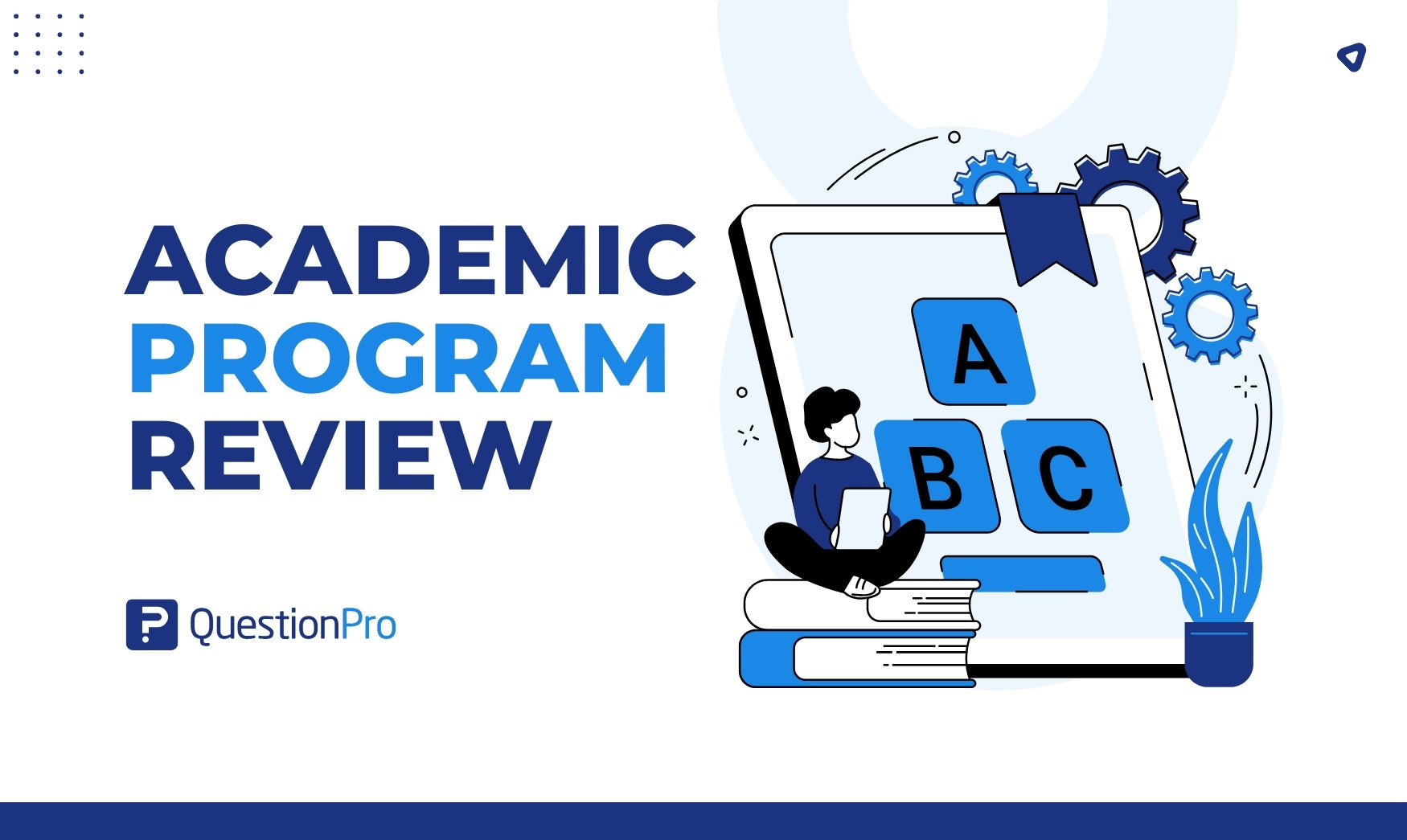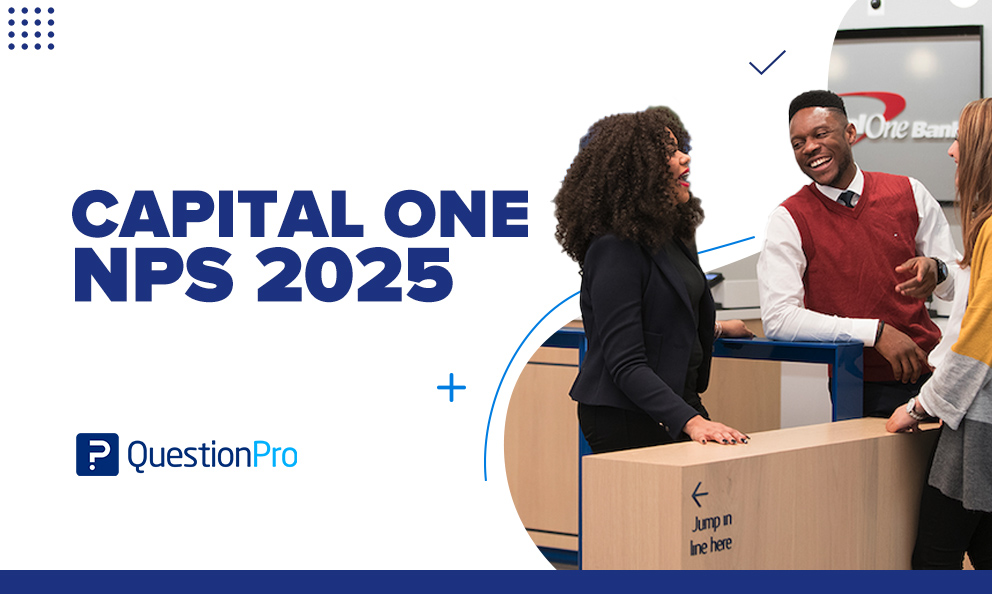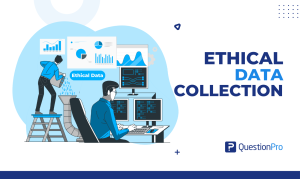
Learning is essential in every pursuit. Students, teachers, and school leaders are dedicated to achieving high academic standards. In this lively environment, the value of continuous improvement increases. The academic program review encourages positive improvements to keep the institution dynamic and responsive.
In this blog, we will learn about the academic program review, including the purpose, process, and data collection methods involved.
What is an Academic Program Review?
An Academic Program Review is a detailed and organized assessment of an educational program within an institution. It involves a thorough examination of different aspects like the curriculum, how well the teachers are doing, what students achieve, and the resources available for the program.
The academic program review process allows each academic department to carefully assess its strengths, weaknesses, and strategic objectives in a structured manner.
The Institutional Effectiveness and Planning Office needs most departments to turn in a report on their academic programs every seven years. During the time between these reports, it’s important to work on the suggested improvements or changes.
Additionally, programs are advised to regularly talk about the educational goals, learning outcomes, and curriculum map of the program in the years between these reports.
Purpose of Academic Program Review
The purpose of an academic program review is to examine, evaluate, and strengthen programs carefully. This includes assessing various aspects such as:
- The quality of educational programs, including how well students perform.
- The quality of research, creative activities, or scholarly work.
- The quality of outreach activities and service to the University, profession, and community.
- The contribution or importance of the program to other campus programs.
- The potential and future directions for the program.
The review is to improve the program’s quality, assess how prepared it is for upcoming challenges and opportunities, pinpoint its strengths and weaknesses, create future priorities, and guide the development plan of the program.
Process of Academic Program Review
The process of academic program review consists of three key steps; each plays a vital role in enhancing and advancing the academic program.
01. Program Self-Study
The Self-Study Program is the starting point for the Academic Program Review. It thoroughly examines all aspects of the academic program, covering its vision, mission, and goals. This detailed report acts as a guide for making improvements and progress. Important elements of the self-study include:
- Exploring Important Questions and Discussions: An in-depth look at the main activities of the department, including teaching, research, outreach, and scholarly issues. This part highlights the intellectual discussions and collaboration among faculty members.
- Reviewing the Department’s Current Situation: A thorough assessment of the department’s teaching, research, and outreach at both graduate and undergraduate levels. The emphasis is on the consistency and purpose of the programs, supported by quantitative data requested by the dean.
- Departmental Expectations and Future Plan: Clearly express the department’s concerns and what the assessment committee expects. Develop a strategic plan for the next 7–10 years that includes staffing, resource allocation, and financial guidelines for the dean.
This self-study serves as the program’s story, helping it share its information with the external review team and the university administration.
02. External Review
The external review provides an unbiased perspective to the academic program review. The external review team is made up of at least three experts from different institutions. This team checks the self-study and visits the campus.
Afterward, the external review team members create a detailed report that analyzes the program. This report evaluates the program in comparison to similar departments in other universities, assesses its trajectory, and suggests changes for improvement, considering constant resources.
03. Action Plan
After the external review, the Dean or their representative works with the program to create an Action Plan. This plan is an organized way to put into action the suggestions from both the self-study and the external review report. It sets a realistic schedule for making improvements.
The action plan acts like a guide for the program’s development, making sure that areas needing improvement are dealt with efficiently and on time.
Data Collection Methods in Academic Program Review
Collecting data serves as a guide for institutions to understand their programs better. Three main methods shed light on various aspects of the educational landscape:
01. Surveys and Questionnaires
Using specific surveys and questionnaires, institutions collect feedback from different groups like students, teachers, and administrators. This approach helps measure opinions on how well the curriculum works, the effectiveness of teaching methods, and overall satisfaction, forming a useful foundation for evaluation.
02. Interviews with Stakeholders
Structured interviews with teachers, students, and industry partners provide a deeper understanding of collecting information. These qualitative data capture various viewpoints, letting people share their worries, successes, and valuable insights that improve the overall evaluation.
03. Analysis of Student Performance Data
One important step is looking at how well students are doing by checking their test scores, academic records, and other important information. By finding trends in student performance, you can make smart choices about changing the curriculum, improving teaching methods, and providing extra help when needed.
How to Utilize QuestionPro in Academic Program Review?
QuestionPro is an online tool that lets people create and share surveys. You can use it to collect feedback, conduct market research, and make smart decisions based on data. QuestionPro EDU is a special version of QuestionPro made for educational institutions. It has extra features that fit perfectly with what teachers, researchers, and students need.
You can use QuestionPro EDU to make the academic program review process easier and better. Let’s see how you can use it:
- Survey Development: You can use QuestionPro to create surveys that assess the needs of various stakeholders involved in the program, including students, faculty, and administrators.
- Customized Surveys: You can design targeted surveys to collect specific feedback from students about their learning experiences, curriculum satisfaction, and overall program effectiveness.
- Anonymous Feedback: You can implement anonymous surveys for teachers to get their honest opinions on the strengths and weaknesses of the program, teaching methodologies, and areas for improvement.
- Advanced Analytics: You can leverage QuestionPro’s analytics tools to interpret survey data effectively.
- Benchmarking Surveys: QuestionPro can help you establish benchmarks to compare current data with previous reviews. This enables institutions to track progress and identify trends for continuous improvement.
- Customizable Metrics: You can create customized surveys to capture specific metrics related to program effectiveness that will ensure a comprehensive evaluation aligned with institutional goals.
- Report Generation: QuestionPro allows you to generate detailed reports to present APR findings, which facilitates the documentation required for accreditation purposes.
- Real-time Feedback: You can use QuestionPro’s real-time feedback features to encourage continuous communication among stakeholders, creating a dynamic feedback loop.
QuestionPro EDU does more than the regular one, especially for educators, researchers, and students. It helps with research, tests, and surveys that are all about education.







